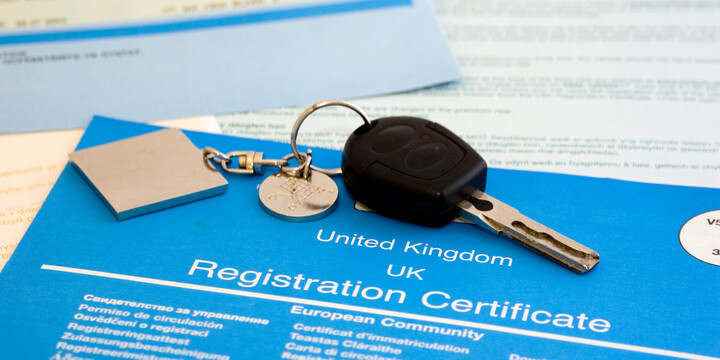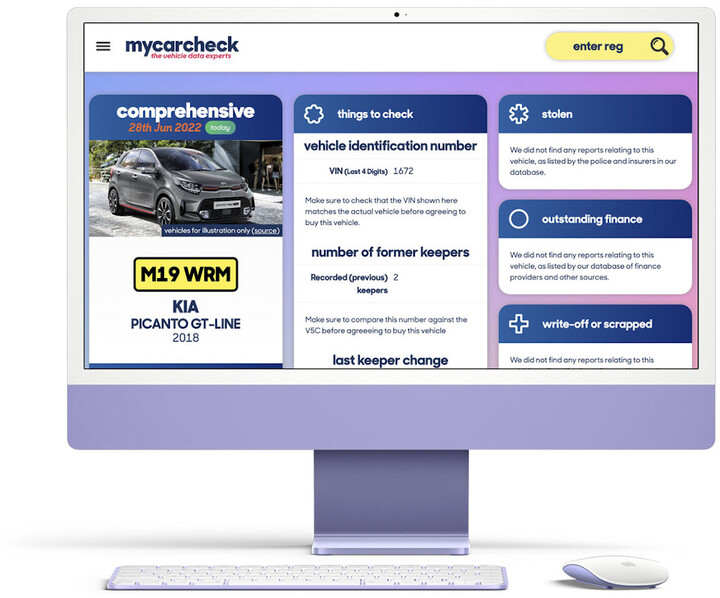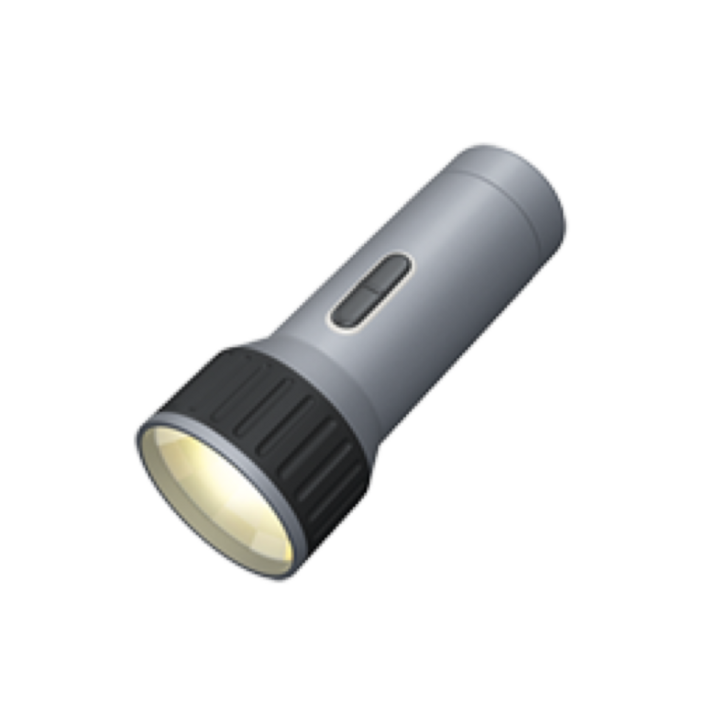
rules & paperwork
FREE Car History Check
See MOT history, valuations, detailed specs and more… AND upgrade to see if any vehicle has been stolen, has finance or has been written off from just £4.99
Vehicle use is heavily governed. Even before you drive on the road, you require documentation to prove ownership and roadworthiness of the vehicle. Then there are strict rules about how you should drive. You must comply with road types and signage, and there are many laws dedicated to actions which are considered dangerous such as drink driving or mobile phone use when behind the wheel.
While many of us drive on a daily basis and probably know most of the rules, all drivers are expected to stay up-to-date with any changes in the law.
Rules for different types of roads
Here in the UK, there are many different types of road and there are various rules and regulations associated with each. Certain classes of vehicle have different speed restrictions for example, and some vehicles are prohibited from driving on certain types of roads or in specific lanes.
Broadly, roads are categorised as motorways or non-motorways but there are further distinctions. Let’s look at the various sorts of road and main rules associated with each.
Motorways
These are the main motoring arteries of our country and usually the easiest routes for covering longer journeys. There are numerous service stations along the length of the motorway network providing handy stopping points on longer runs.
Motorways use distinct blue signage. They also use dedicated signs on the gantries to indicate lane closures or dangers such as fog or debris on the carriageway.
Motorways use an ‘M’ prefix such as the M1 north-south route and M25 London orbital. A-roads are sometimes upgraded to motorway standard. These will also use blue motorway signage and will have an ‘M’ suffix, such as the A74(M) north of Gretna Green.
Not all vehicles are allowed to use motorways. Smaller-engined motorbikes (under 50cc) are prohibited, as are drivers or riders with a provisional licence. Pedestrians, cyclists, horse riders and other slow moving vehicles (for example tractors) are also banned.
You mustn’t stop your vehicle on a motorway (unless traffic is queued and brought to a standstill) and if you break down, you need to aim to bring your car to the hard shoulder.
Smart motorways dynamically control speed limits using matrix signs on the gantries. They use refuge areas rather than a constant hard shoulder too. Read our article on what to do if you break down on a motorway.
Did you know…?
Lorries or coaches with a maximum laden weight of over 7.5 tonnes or vehicles towing a trailer are not allowed in the outside lane of a three (or more) lane motorway.
Some smaller trucks (with max laden weight between 3.5 tonnes and 7.5 tonnes) are allowed in the outside lane, unless they are required to be fitted with a speed limiter.
Certain vehicles such as lorries and anything towing a trailer are limited to 60mph rather than 70mph.
Non-motorways
Away from the motorways is a network of highways and byways. Some are easier to travel with gently designed curves and dual carriageways; others are narrow single tracks, sometimes only just wide enough for one car.
These very different road types are given different naming conventions. A-roads are usually broader and faster than B-roads. It makes good sense to check out the road types when route-planning, especially as satnavs tend to have a habit of sending drivers on the shortest routes, even down very minor roads.
There are also C, D and U roads although these classifications tend to be used by local authorities and you are unlikely to see these prefixes on any road signs. As a group, C, D and U roads are usually described as Unclassified.
Unless there is a specific speed limit shown in a red circle (or there are street lamps present, indicating a 30mph limit) roads will have a national speed limit sign. This is a single black diagonal on a white circle.
Whatever speed limit is posted, the actual limit can differ depending on what you are driving and where you are.
Cars, motorcycles, car-derived vans and minibuses can travel up to 60mph on single carriageways and 70mph on dual carriageways. However, goods vehicles, coaches and those towing trailers are limited to 50mph on single carriageways and 60mph on dual carriageways. In Scotland, goods vehicles weighing in excess of 7.5 tonnes have a 40mph speed limit on single carriageways and 50mph on dual carriageways.
Did you know…?
The numbering system for A- and B-roads actually started with formal model based on radial pattern with London at its centre.
In general, the single-digit A-roads (A1, A2, etc.) are the main non-motorway routes and the dual numbered roads (A11, A12, etc.) are ‘trunk’ roads designed for heavier volumes of traffic.
Parking rules
With the year-on-year increase in car numbers, it can seem increasingly hard to find a parking space. Those which are available often have restrictions which limit the time or use of the spaces. And there are machines which require specific coins or request you download an app to your smartphone in order to pay.
Let’s go back to basics though, because there are some national standards which still show whether you can park or even stop at the roadside - or not.
Lines!
Where there are double yellow lines adjacent to the kerb, it means you can’t stop or park your vehicle, right? That’s almost correct but there are some exceptions. In fact, the law is very specific: you must not park or wait but you are allowed to set down or pick up passengers or stop to load or unload goods.
The exception to this is if there are pairs of upright yellow marks on the kerb in addition to the double yellow lines. This means no stopping at all. A single yellow mark on the kerb means loading or unloading may take place only at times shown on a sign positioned next to the mark.
A single yellow line will be qualified by signs showing the time or times when waiting is not allowed. This might be to prevent parked vehicles blocking a busy route during commuter times, while still allowing residents to park overnight for example.
Double red lines indicate red routes. These are used in some major cities for important arterial roads which must be kept free of obstructions in order to maximise traffic flow.
Again, there are exceptions. If you hold a blue badge, you are allowed to drop off or pick up a disabled passenger. Licensed taxi drivers are also allowed to collect or drop off their fares.
A single red line also indicates no stopping - for passengers or loads - during certain times. These times will be stated on signs along the section of road with the red line.
Parking bays
Along the roadside, parking bays are denoted by a broken white line surrounding the parking area. It is important to keep your vehicle parked within the marks and to obey any local signage.
Typical signage indicates whether the parking is for car or motorbike. It also shows if there are usage restrictions such as needing a permit (usually offered to local residents).
Parking restrictions often dictate times when the parking is available and for how long you may park. You will often be told how soon you can return to that area of parking once your time has expired. Local authorities sometimes require parking to be paid-for and ticket machines will be located nearby.
Look out for wording on the road alongside parking bays. ‘LOADING’, ‘TAXI’ or ‘DOCTOR’ indicate the space is for dedicated use only.
Car parks
Some towns and cities have car parks as well as (or instead of) street parking. Signage will indicate how long you may stay and parking charges, if applicable. Many car parks are privately owned and therefore subject to the company’s charges and conditions.
Other parking restrictions
There are some additional areas where you mustn’t park, such as on the zig-zag lines outside a school or next to a pedestrian crossing.
Some property entrances have a ‘KEEP CLEAR’ notice too, and even in queuing traffic you should avoid blocking them. Other notable places you shouldn’t stop are entrances to any of the emergency service buildings such as fire stations.
Common sense and courtesy
Common sense and courtesy are equally important. Even on quiet side roads with no specific parking restrictions, you shouldn’t block driveways or park close to junctions. The Highway Code is very specific here: you mustn’t park opposite a junction or within 10 metres of the corner.
You should also aim to park your vehicle in line with the traffic flow. This makes it easier to pull out safely and in poor visibility is less likely to confuse other road users.
Tuck your vehicle close to the kerb and if it is a narrow road, flick in the roadside door mirror to avoid it being clipped by passing vehicles.
Don’t park too close to other vehicles, especially those carrying a disabled badge in case wheelchair access is required.
Don’t forget to apply the parking brake. If on a slope, turn your wheels slightly so that if the car does roll, it won’t be into the traffic. (Turn your wheels toward the kerb if pointing downhill and away from the kerb if pointing uphill.)
When exiting the vehicle, don’t forget to check for passing vehicles - especially cyclists - before you open your door.
And remember to keep valuables out of sight (or, preferably, don’t leave them in your car) and lock it, checking to see the car has acknowledged the button has been pressed.
Driving speeding rules
Driving quickly won’t necessarily cause an accident but the faster you drive, the longer it will take you to stop and you will have less time you have to react to changing situations. Police take a dim view of drivers exceeding the speed limit and use fixed and mobile cameras to catch offenders.
What happens if I am caught travelling above the speed limit?
Driving in excess of the posted speed limit will attract different penalties depending on how fast you are travelling. Since April 2017, different bands determine the level of fines, number of points and periods of disqualification. The maximum penalty is £1,000 (£2,500 for motorway offences) and a discretionary disqualification. You could receive three to six penalty points.
Here are the speed ranges and associated penalties:
The fines are based on your salary up to the £1,000 (£2,500 for motorway offences) cap.
When is a speed limit not a speed limit?
Remember that certain types of vehicles are subject to different speed limits, irrespective of what’s shown on the road signs. Larger goods vehicles and those towing trailers are limited to 50mph on single carriageways and 60mph on dual carriageways, for example.
There are local variations too. So in Scotland, goods vehicles weighing more than 7.5 tonnes have a 40mph speed limit on single carriageways rather than 50mph as per the rest of the UK.
When there are no signs.
Unless there are signs to show a speed limit, roads with street lights indicate that the default speed limit is 30mph.
Are you safe, as long as you drive below the speed limit?
The short answer is no. Motorists can also be stopped for driving too slowly. It is classed as careless and inconsiderate driving. It carries anything from a verbal warning up to nine penalty points.
Also remember speed limits are maximums and in poor weather, even travelling slightly below the speed limit might still be considered too fast and therefore dangerous. Dangerous driving can result in an unlimited fine, a driving ban and up to 14 years in prison.
Warning other drivers of speed traps
You might think it is the polite thing to do, but flashing your headlamps to warn other drivers of a speed camera could result in a fine.
Hidden costs
Remember, if you receive any penalty points, you must advise your insurance company. Carrying penalty points on your licence is likely to increase your premiums as you will be considered a greater risk. And choosing not to tell your insurance company could invalidate your policy.
If a newly qualified driver racks up six penalty points before the end of the first two years of driving, their licence will be revoked. They will have to re-apply for a provisional licence and re-take their test.
Note that some hire car companies will not allow you to rent a vehicle if you have more than a certain number of points on your licence, or specific endorsements for more serious offences such as dangerous driving.
Driving licence rules
Your driving licence - evidence you have passed your driving test and are legally able to drive a vehicle - is one of the most important documents you will own. Not only does it entitle you to drive, it is often as good as a passport as a form of personal identification.
What can I drive?
There are various codes on your licence which indicate what you are allowed to drive. Some of these are determined by when you passed your test. Others require additional tests or specific applications to the DVLA.
Even if you are planning to do something straight-forward like tow a trailer, you should ensure it is legal for you to do so. If you passed your car driving test before 1st January 1997, for example, you are allowed to drive a combined car and trailer combination up to 8,250kg. If you passed your test on or after this date, the maximum weight of the combination must be no more than 3,500kg.
The other key distinction is that drivers who passed their test before 1st January 1997 can drive a minibus; drivers who passed on or after this date are limited to vehicles with up to eight seats.
Depending on when you passed your test, you may also be able to ride a low-powered moped without any further test. For the specific rules on mopeds and motorbikes, check the government site: https://www.gov.uk/ride-motorcycle-moped/licences-issued-before-19-january-2013
What do the categories mean on my licence?
There are numerous categories, grouped by vehicle type. So those with an A relate to motorcycles, B is cars and other similarly-sized vehicles, C is for medium and larger vehicles and D is for buses.
For the full list of categories and sub-categories, look at the government site: https://www.gov.uk/driving-licence-categories
There are also codes for certain drivers which include specific changes to your vehicle to enable you to drive, such as pedal adaptations or adapted hand grips.
When can I apply for a licence?
You may apply for your provisional licence from the age of 15 years and 9 months. You must fulfil the basic requirements such as being able to read a number plate from 20 metres.
Is the paper licence still valid?
The simple answer is yes. Although if you move change details such as address or name, or need to replace it because it has been damaged for example, your new licence will be a photo card type.
Why you should follow roadwork rules
Roadworks demand particular attention when driving. Extra care is needed because lanes are often narrow, routes through cones can be harder to determine and of course people are working close to traffic so their safety is important. At the very least, roadworks can cause disruption and delay journeys considerably.
Planning
We are fortunate in this age of information that it is easy to check routes before we travel. It makes good sense to check before longer journeys but even avoiding local bottlenecks will make your drive less stressful.
For information on roadworks (and general traffic flow):
- listen to radio stations which broadcast regular traffic reports, especially around rush hour
- check apps on your smartphone (e.g. Highways England, AA or RAC) which show congested routes (but not while driving of course).
- look at the government web site (http://www.trafficengland.com/) which logs all major work and delays
Driving through roadworks
The government provides an incredibly detailed traffic signs manual for roadworks. This gives recommendations to contractors and suggests good practice for all types of roadworks. It shows safe layouts, the correct signage and appropriate distances to separate traffic and workers.
Obstructions or routing of traffic may require drivers to carry out unusual manoeuvres so drivers need to pay special attention to any signs. Roadworks use yellow signs to indicate specific instructions, detours or even dates when the work will be happening. Red signs are sometimes added to highlight key messages such as TRAFFIC CONTROL AHEAD or RAMP.
It is also important to observe speed limits. There could be uneven road surfaces, pedestrians moving about, contractors’ vehicles moving through the works and temporary markings on the road which aren’t so easy to see. All of these demand extra concentration and this is easier at lower speeds.
Why you should follow road signs
UK road signs are among the clearest in the world. The signage we see today is mainly the result of standards introduced in the 1950s and 1960s which define all aspects of the signs. Everything from the colours and fonts used to their sizes and locations were carefully considered. While many signs use words and numbers, it is the basic shapes and clear graphics which make them easy to understand in an instant.
Reading and understanding road signs is essential for safe driving. They help us navigate, instruct on the local rules and warn of hazards which aren’t always obvious.
Road signs are grouped into categories and their shapes give a strong indication about whether they are for information, simply to warn motorists or delivering mandatory instructions.
Warning signs
These are usually triangular, often with an image to indicate a potential danger such as an uneven road or bridge ahead. They can also include a message in a rectangle below for additional information, such as the distance to a junction.
Not all warning signs are triangular though: black and white chevrons indicating a sharp bend and level crossing signs are rectangular for example.
Instruction signs
The most forceful instructions are given in a red circle. These include important messages such as speed limits, no entry and no overtaking. There are other signs indicating traffic rules which will are in rectangular format, such as parking restrictions or bus lane use.
Direction signs
Information showing road layouts, directions and distances are also grouped; the category of a route or road layout sign is shown by its colour.
Roads are categorised as either motorways (white on blue), primary routes (white on dark green with yellow route numbers), or non-primary routes (black on white).
There are some exceptions here too, with white on black showing advisory routes for lorries, for example. And brown signs are used to direct drivers along tourist routes or to places of interest.
Roadworks
Roadworks have their own group of signs, usually with black on a yellow background. They may incorporate standard instruction or warning signs such as a red circle with a reduced speed limit. They often include graphics to show drivers which lanes will be closed off or how contraflows are being managed.
Additional hazards encountered in roadworks might be shown in white text on a red background such as RAMP AHEAD or RAISED IRONWORKS.
If roads or junctions are completely closed for repairs or construction, detour direction signs may be used. Rather than using words, these usually have a basic symbol such as a square, triangle or diamond on a yellow background with an arrow. These need to be followed until an end of the diversion sign is reached.
Dynamic signs
Motorists will also encounter signs which change according to certain conditions. The most common example is the motorway gantry matrix sign. These might indicate lane closures, reduced speeds or very specific information such as fog ahead or debris on the carriageway. It is essential to adhere to any instructions on motorway gantries. Reduced speeds are there to help manage traffic flow; other key instructions such as lane closures are displayed to prevent accidents.
Electronic signs are also used to advise drivers of future events such as roadworks or festivals, thereby allowing alternative routes to be planned where possible.
For more information on individual road signs and their meanings, visit the government’s highway code web site: https://www.gov.uk/guidance/the-highway-code/traffic-signs.
Expert articles on Rules & Paperwork














